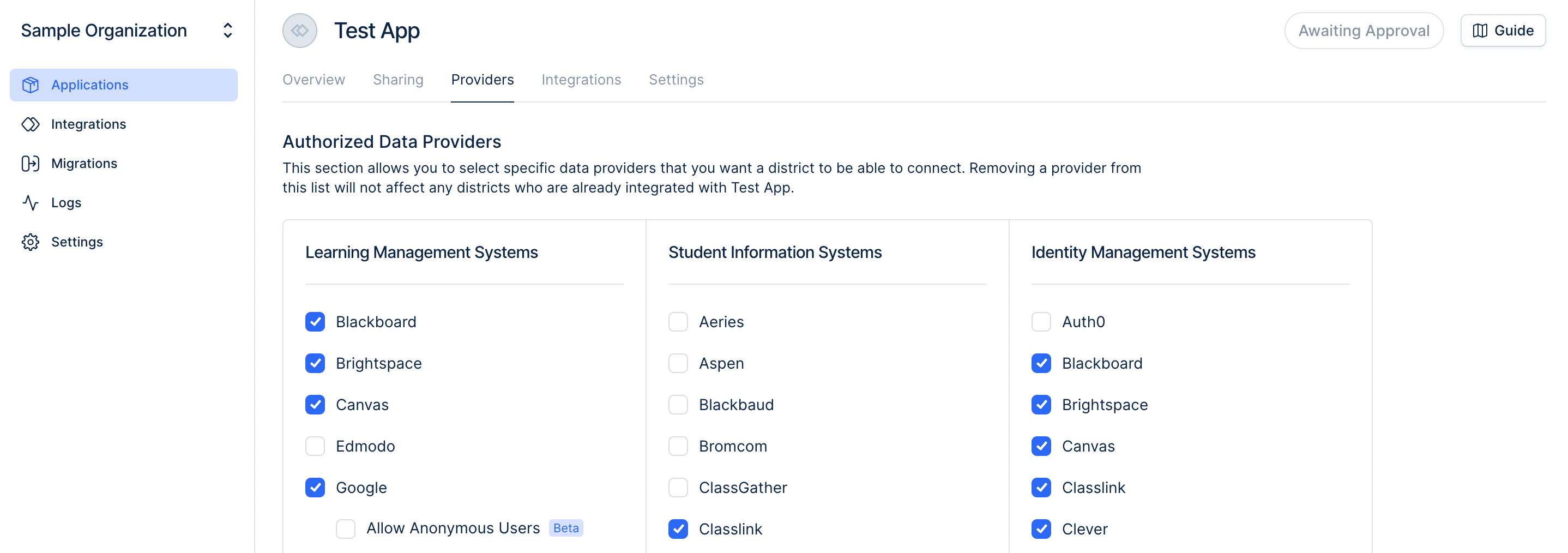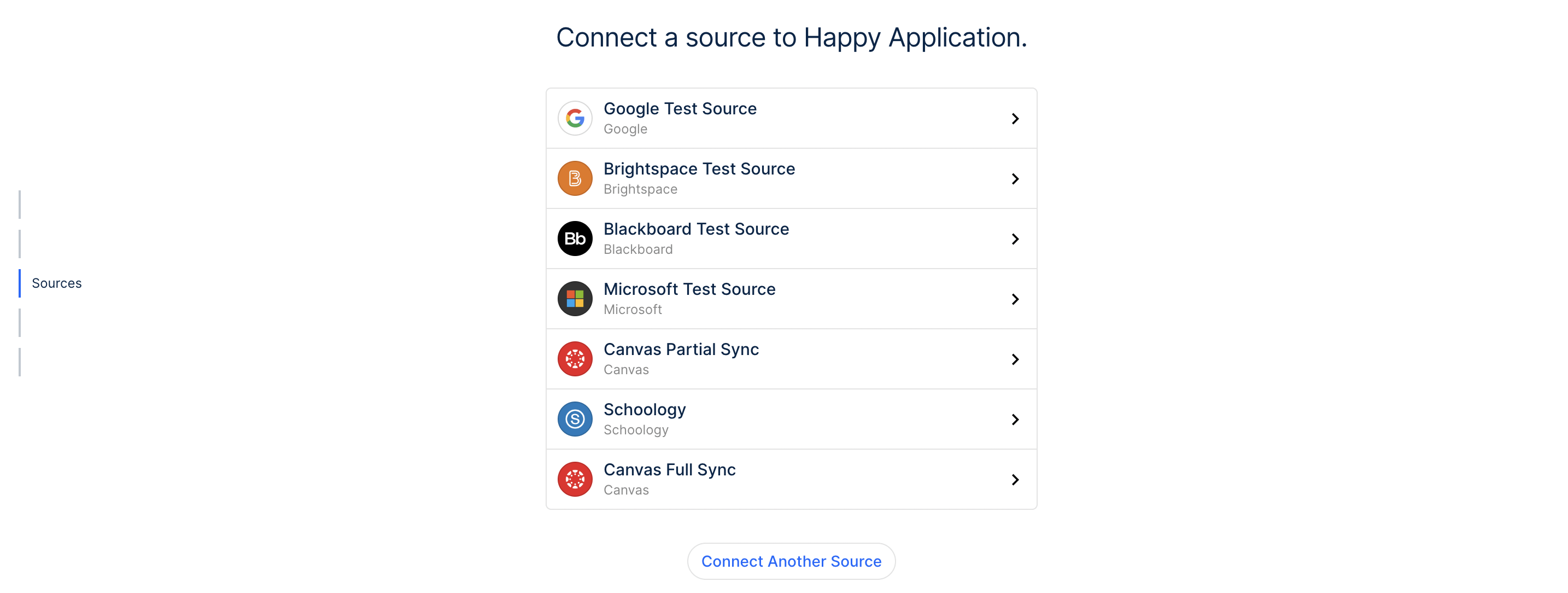Meta Data Model
This page is under construction. Graph Internal (Meta) Data Model Requests must be made to the V1 endpoint.
Introduction
The Edlink Meta Data Model is a representation of the internal system that orchestrates how SIS/LMS data is accessed.
Users (Developers)
One set of users that Edlink has are Application Developers. If you are reading this article, you probably belong to this group. We refer to those users who belong to teams who develop applications as developers even if they don't write code. Example: Linus Torvalds.

Users (District)
The other sets of users are those that belong to districts or schools. These users represent the schools who manage sources. Example: Superintendent Chalmers.
Team (Developer)
A Developer Team represents a group of users who create applications that use the Edlink API. Example: Great Developers Inc.

Team (District)
A District Team represents a group of users who connect sources to the Edlink API. Example: Springfield School District.
Provider
A provider is a Learning Management System (LMS) or Student Information System (SIS). Example: Canvas.

Source
A source is a specific instance of a provider. Example: Springfield School District Canvas Instance.

Application
An application is an application that has been registered on the Edlink site. Example: Study Skills App.

Integration
An Integration is the pairing of an application and source. When a school decides to give your application access to one of their sources, you have created an integration.

Materialization
Data at schools are constantly changing. At Edlink, we call it a sync when we get the latest version of the data from a source. After the data has been synced, we refer to it as a materialization when that data is made available to an integration.

Events
Events allow you to see incremental changes to data. By looking at the event data and replaying the events in order, you can get to the current state of the system.

You can read more about events here: Events.
